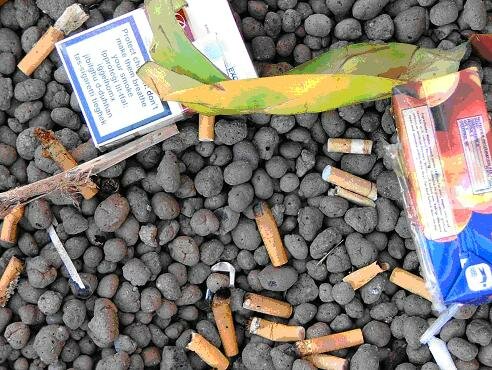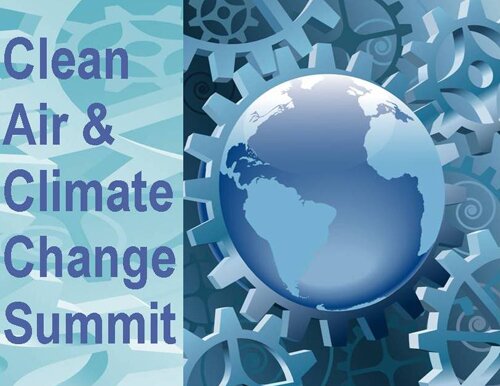You should know one of these following facts about EL Nino since it can harm many people, especially those who are in place where EL Nino often strikes. As you know, EL Nino is a band of anomalously warm ocean water temperatures that occasionally develops off the western coast of South America and can cause climatic changes across the Pacific Ocean. This probably can strike countries around Pacific Ocean. To get to know more about it, here are other facts about EL Nino you may consider interesting.
Facts about EL Nino 1: Phase
There is a phase of “EL Nino – Southern Oscillation” (ENSO), which refers to variations in the temperature of the surface of the tropical eastern Pacific Ocean and in air surface pressure in the tropical western Pacific.
Facts about EL Nino 2: EL Nino and La Nina
The warm oceanic phase, EL Nino accompanies high air surface pressure in the western Pacific, while the cold phase, La Nina accompanies low air surface pressure in the western Pacific. Mechanisms that cause the oscillation remain under study.
Facts about EL Nino 3: Effects
The extremes of this climate pattern’s oscillations cause extreme weather (such as floods and droughts) in many regions of the world. Developing countries dependent upon agriculture and fishing, particularly those bordering the Pacific Ocean, are the most affected.
Facts about EL Nino 4: Christ Child
EL Nino is Spanish for “the child”, and the capitalized term “EL Nino” refers to the Christ Child, Jesus, because periodic warming in the Pacific near South America is usually noticed around Christmas.
Facts about EL Nino 5: Anomaly Intervals
Typically, the anomaly happens at irregular intervals of two to seven years, and lasts nine months to two years. The average period length is five years.
Facts about EL Nino 6: Occurance
When the warming occurs for only seven to nine months, it is classified as EL Niño “conditions”; when it occurs for more than that period, it is classified as EL Niño “episodes”. Similarly, La Niña conditions and episodes are defined for cooling.
Facts about EL Nino 7: Walker Circulation
During non-El Niño conditions, the Walker circulation is seen at the surface as easterly trade winds that move water and air warmed by the sun toward the west. This also creates ocean upwelling off the coasts of Peru and Ecuador and brings nutrient-rich cold water to the surface, increasing fishing stocks.
Facts about EL Nino 8: Strongest EL Nino
The strongest strike of EL Nino happened in 1982/83. This strike was estimated to have caused more than US$ 10 billion in weather-related damage worldwide.
Facts about EL Nino 9: Sea Life and Birds
EL Nino cuts off the upwelling of cold water from lower-levels of the ocean off the Pacific Coast of South America. This upwelling, colder water brings many of the nutrients that keep the food chain going. When this happens, the fish either die or migrate north or south into areas where they’ll find more to eat. With the fish gone, the sea birds that depend on them either die or go elsewhere.
Facts about EL Nino 10: Climate Networks
Analysis of EL Nino events using climate networks shows the dynamics of the climate network is very sensitive to EL Nino events. Many links in the network fail during EL Nino events.
Those following facts about EL Nino should have definitely opened your knowledge about what the storm really is in order to make you more careful about it. Hope you would find these EL Nino facts interesting and useful.










 www.PortlandPayday.Loans
www.PortlandPayday.Loans